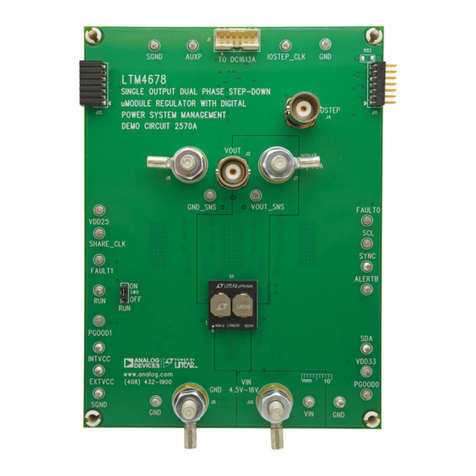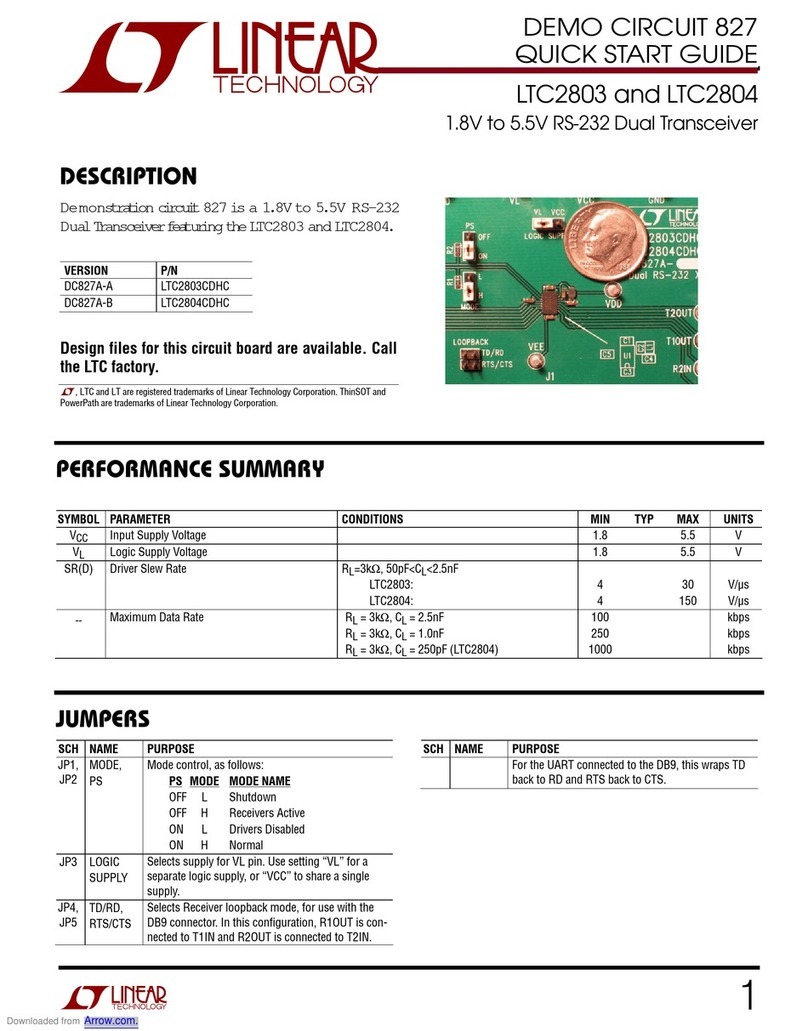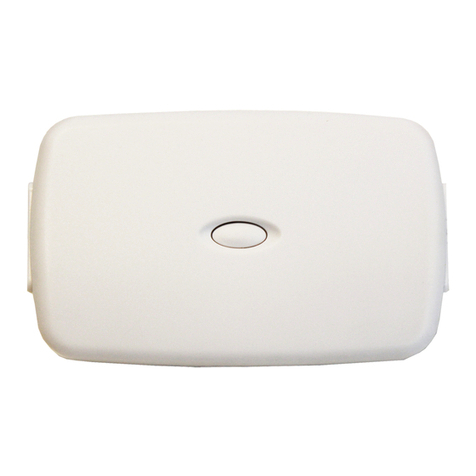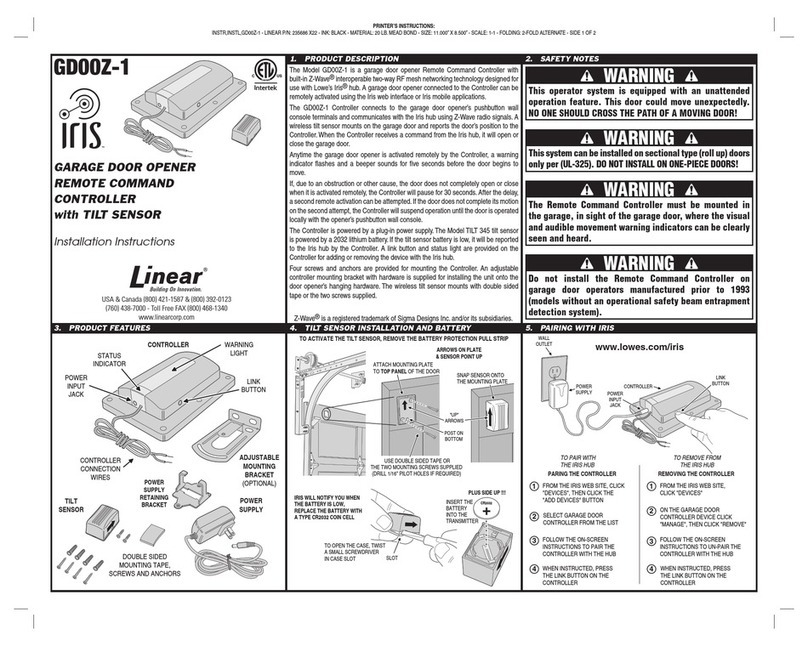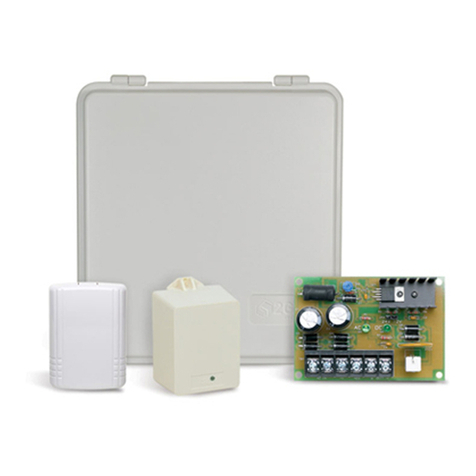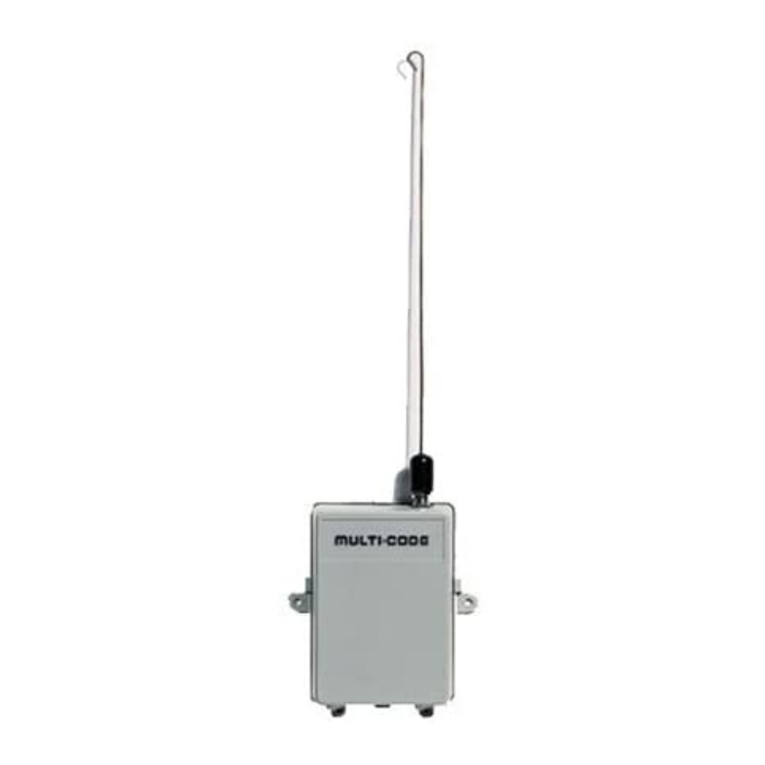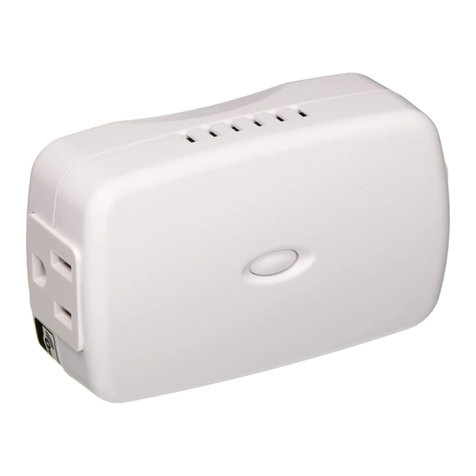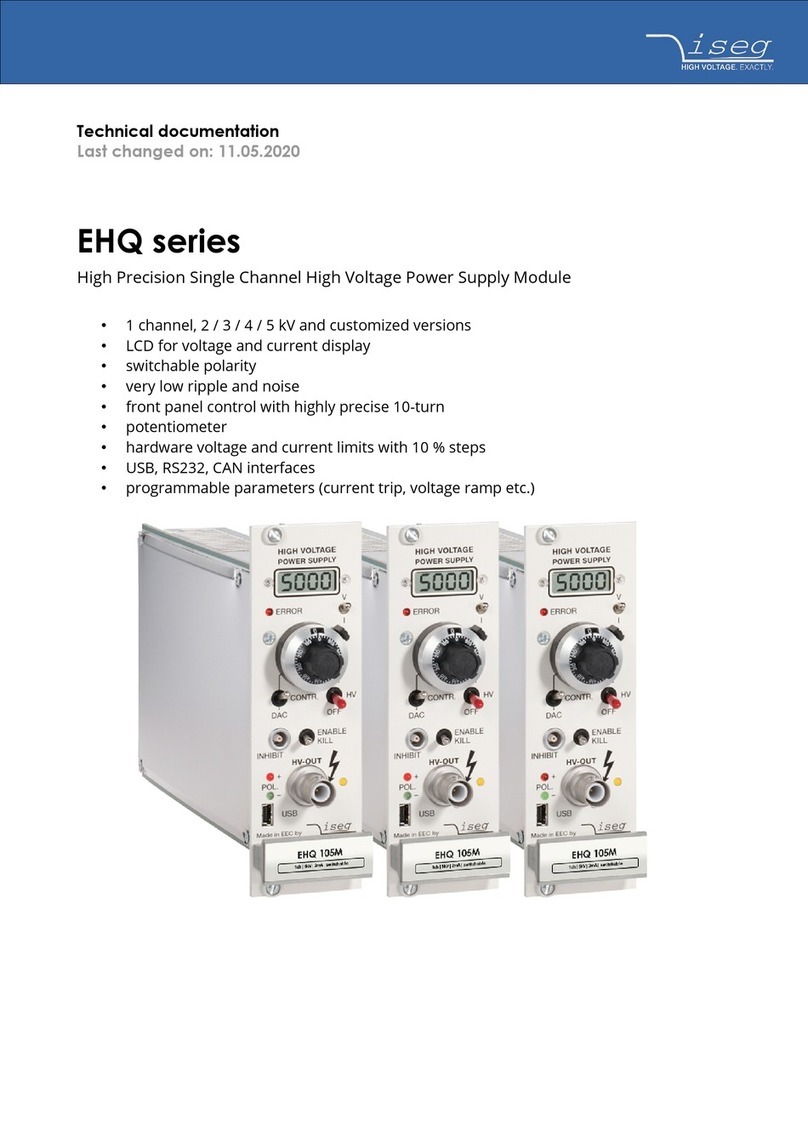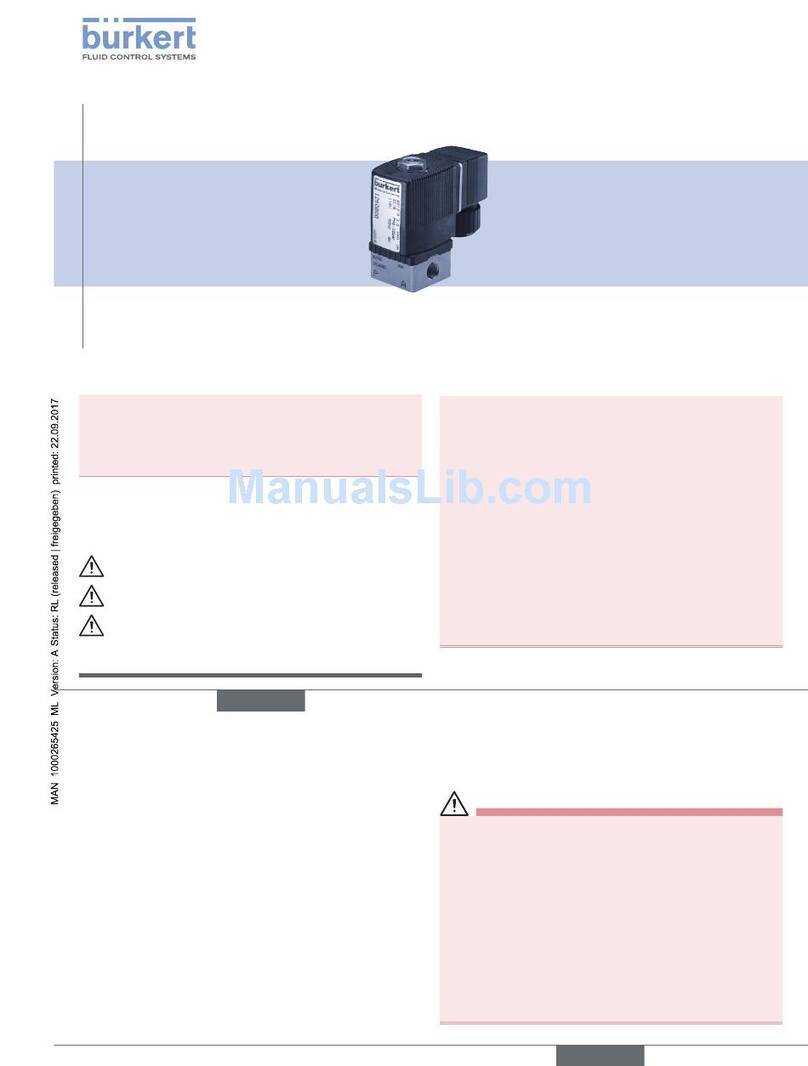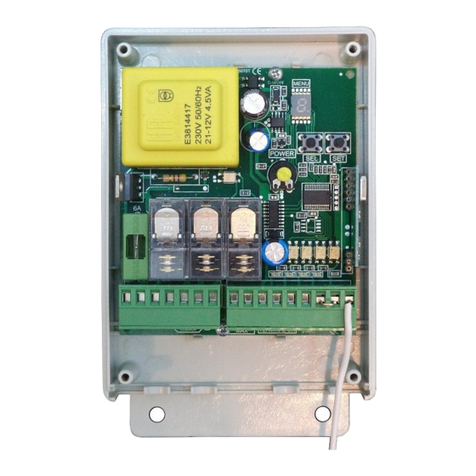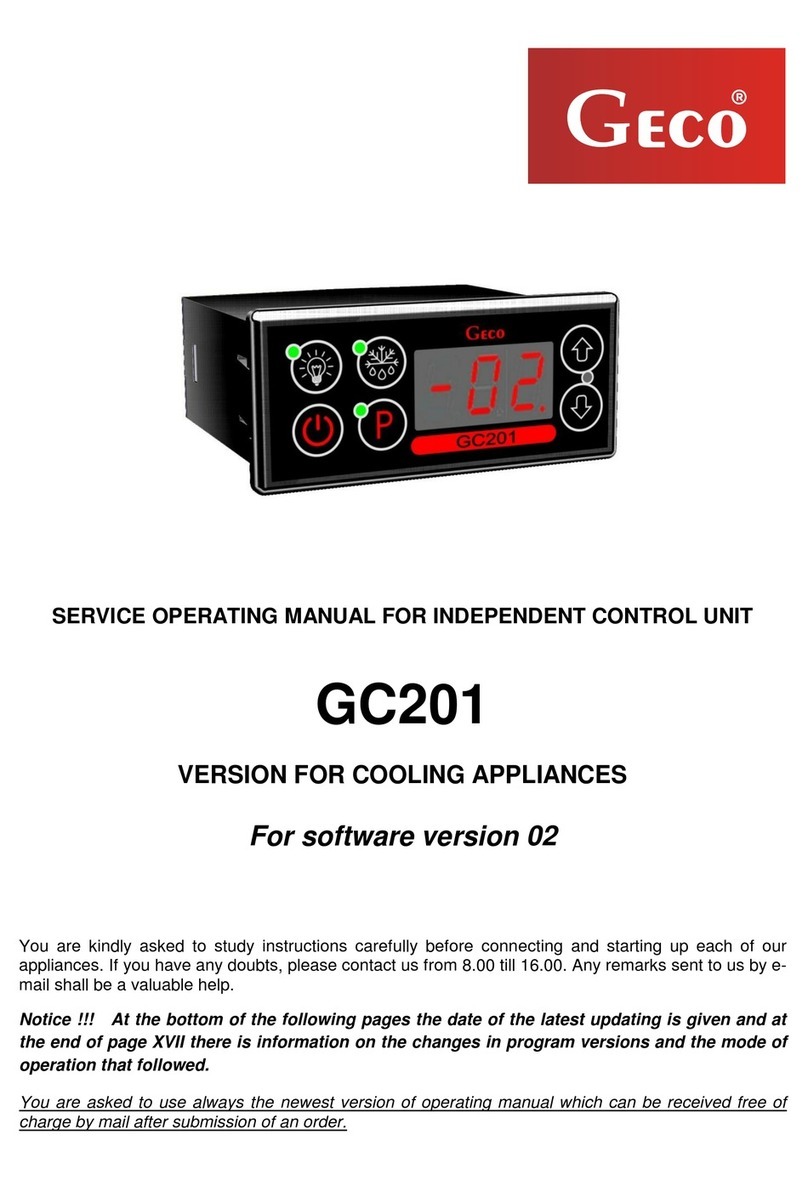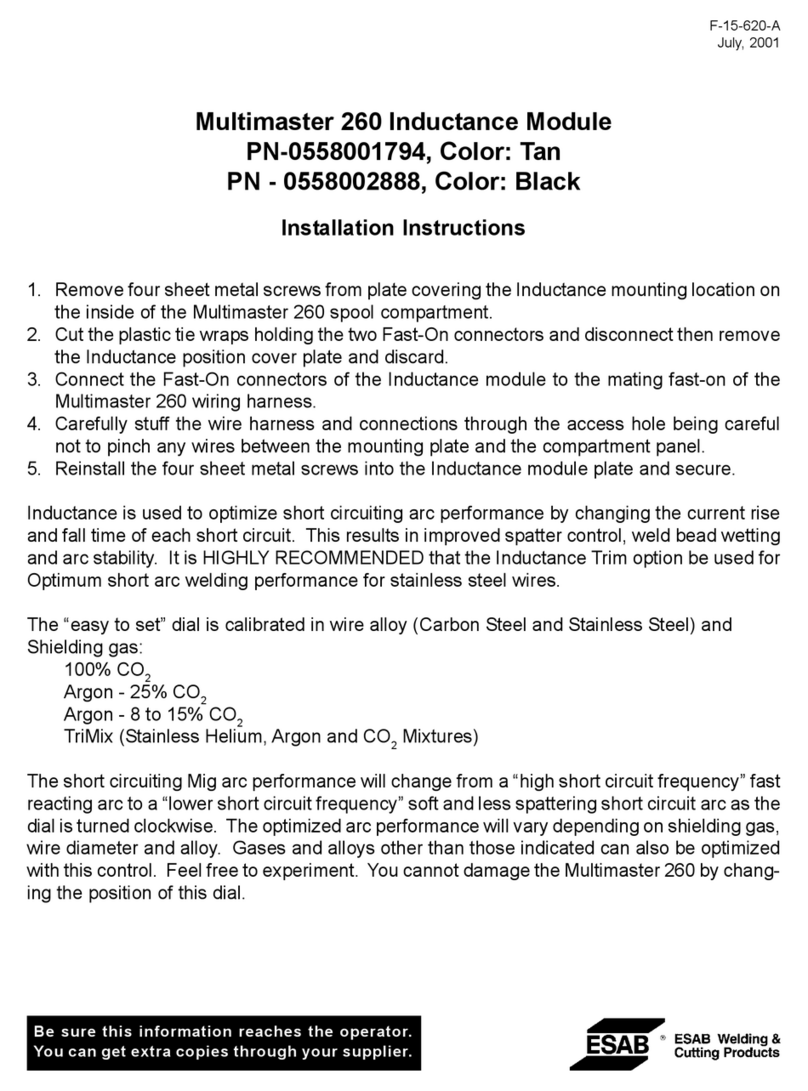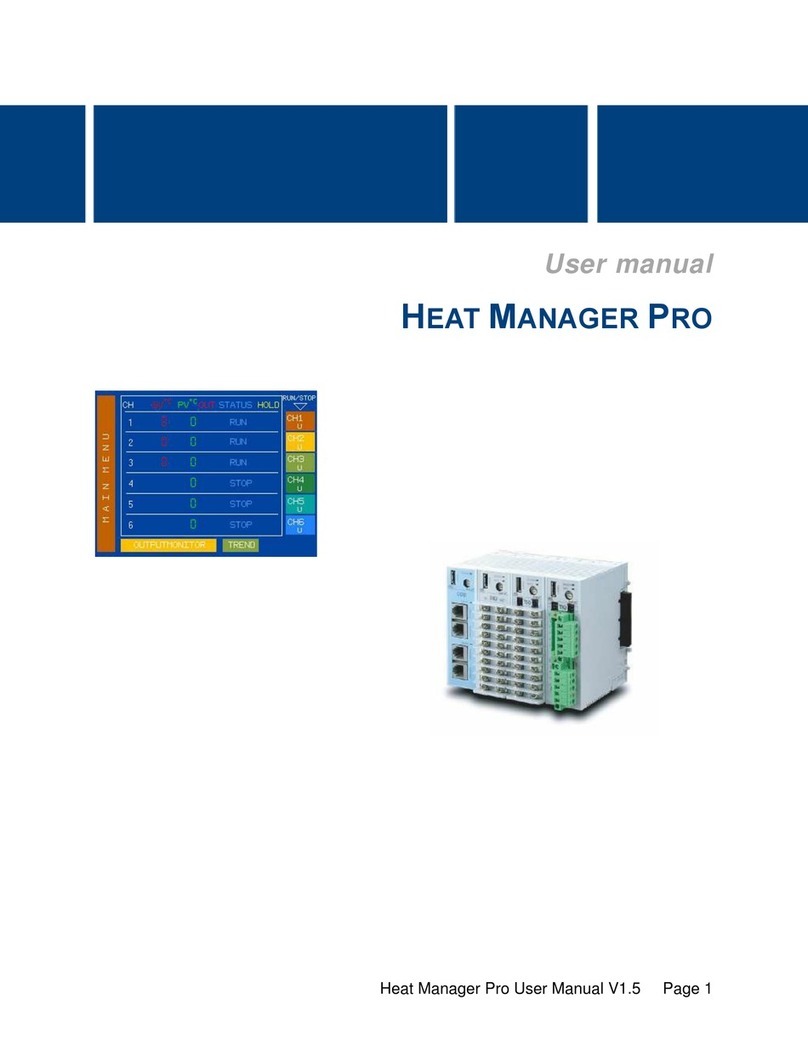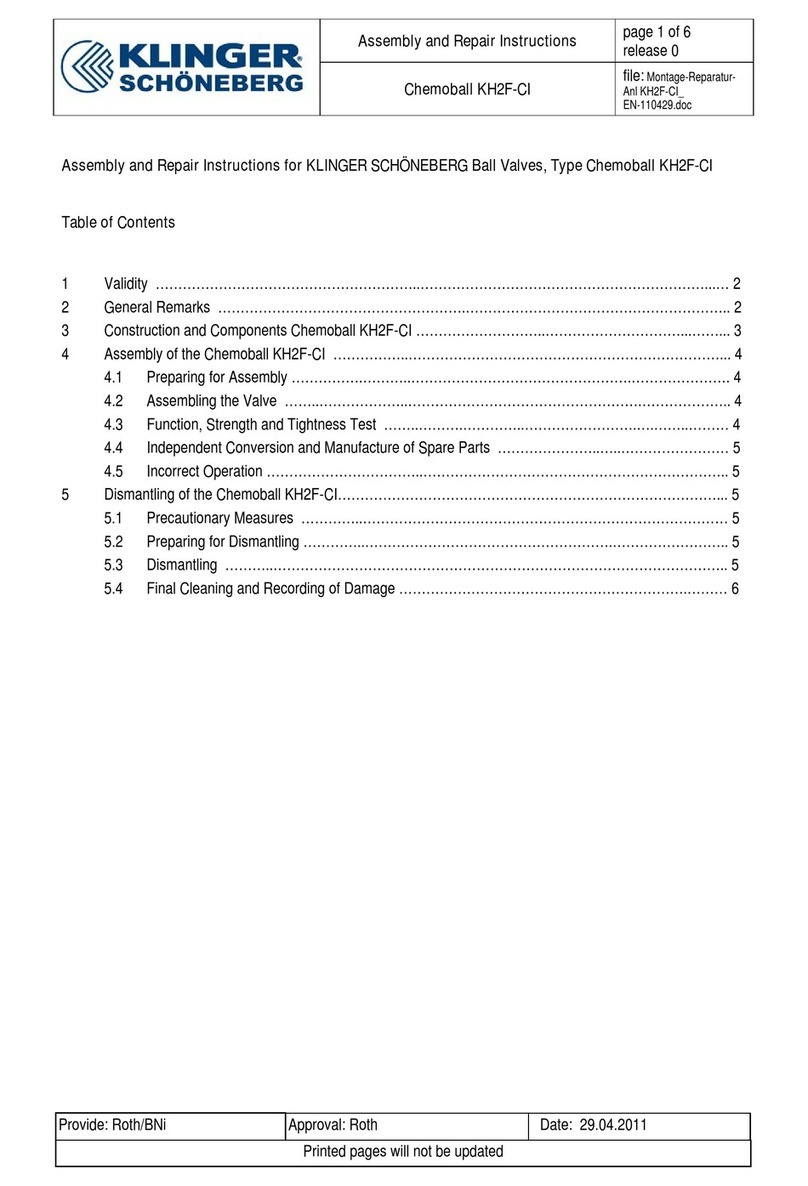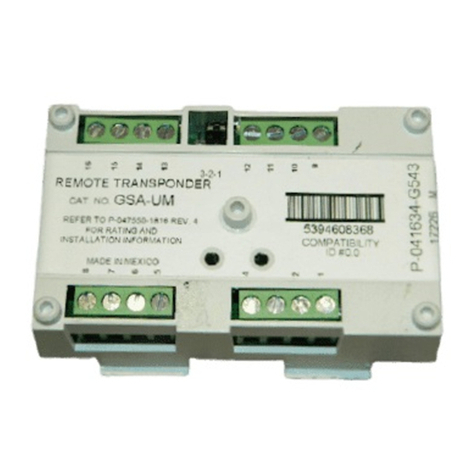
1
dc1957af
DEMO MANUAL DC1957A
DESCRIPTION
LTM2892-S
SPI/Digital µModule Isolator
Demonstration circuit 1957A is a serial peripheral inter-
face bus (SPI) or digital µModule isolator featuring the
LTM2892-S. The demo circuit operates from external sup-
ply voltages on VCC1, VL1, VCC2, and VL2. It communicates
all necessary signaling across the isolation barrier through
LTC’s Isolator™ µModule
®
technology.
L, LT, LTC, LTM, Linear Technology, the Linear logo and µModule are registered trademarks
and Isolator is a trademark of Linear Technology Corporation. All other trademarks are the
property of their respective owners.
PERFORMANCE SUMMARY
OPERATING PRINCIPLES
Design files for this circuit board are available at
http://www.linear.com/demo
Specifications are at TA= 25°C
SYMBOL PARAMETER CONDITIONS MIN TYP MAX UNITS
VCC1, VCC2 Input Supply Range 3.0 5.5 V
VL1, VL2 Logic Supply Range 1.62 5.5 V
fMAX Maximum Data Rate INx →OUTx, CL= 15pF 20 MHz
SPI Bidirectional Communication
SPI Unidirectional Communication
4
8
MHz
MHz
VIORM Maximum Working Insulation Voltage GND1 to GND2 850 VDC
600 VRMS
Common Mode Transient Immunity 50 kV/µs
The LTM2892-S requires two to four external power sup-
plies for operation, one for power and one for the signal
interface, on each side of the isolation barrier. The logic
supplies may be tied to the input supplies. Isolation is
maintained by the separation of GND1 and GND2 where
significant operating voltages and transients can exist
withoutaffectingtheoperationoftheLTM2892-S.TheON1
and/orON2 pins enable or shut down the LTM2892-S, both
must be driven to their respective logic supply voltage for
proper operation. All SPI or Digital signals are referenced
to the logic supply pins VL1 or VL2.
SPI signaling is typically configured by defining the digital
pins as follows:
Logic Side: IN1 = SCK(IN), IN2 = SDI(IN), IN3 = CS(IN)
= SDOE, and OUTD = SDO(OUT).
Isolated Side: OUT1 = SCK(OUT), OUT2 = SDI(OUT),
OUT3 = CS(OUT), and IND = SDO(IN).
Reference Figure 1 for schematic representation.
No special precautions are required for low RF emissions.
EMI performance is shown in Figure 2, measured using
a gigahertz transverse electromagnetic (GTEM) cell and
method detailed in IEC 61000-4-20, Testing and Measure-
ment Techniques – Emission and Immunity Testing in
Transverse Electromagnetic Waveguides.
